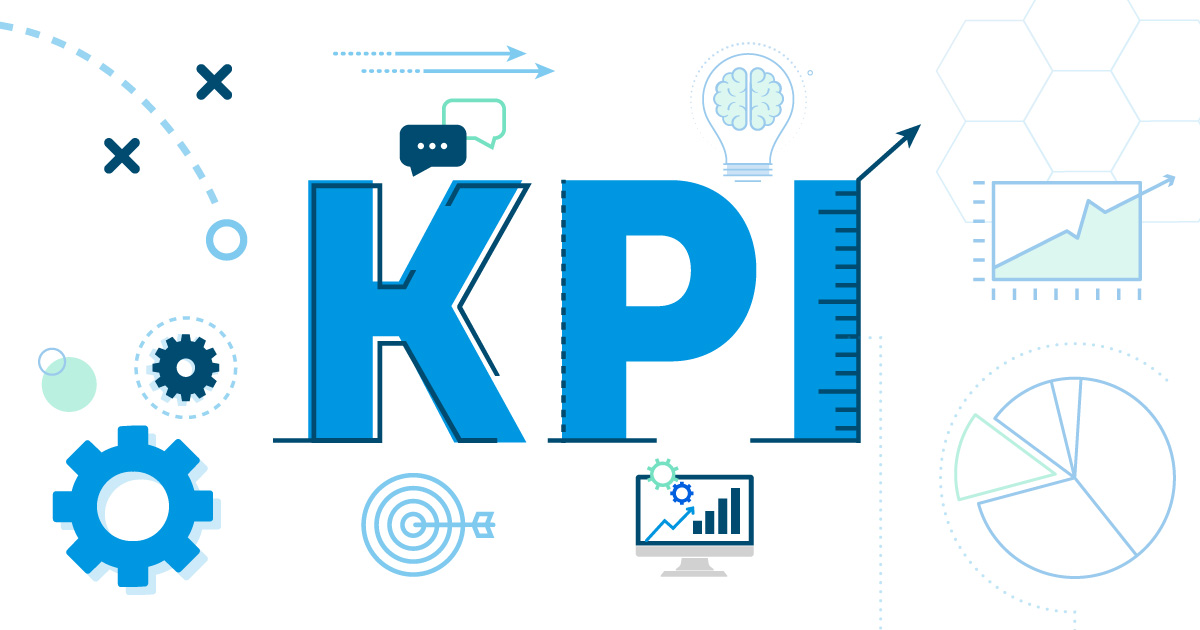
In any growing power washing business, it’s easy to get caught up in the day-to-day hustle—booking jobs, managing routes, keeping up with equipment—but if you’re not measuring your team’s performance, you’re driving blind. 👀
That’s where KPIs—Key Performance Indicators—come in.
They’re not just for big corporations. A strong set of KPIs can help you:
- Maximize efficiency
- Improve customer satisfaction
- Boost revenue
- Hold your team accountable
- Make smarter hiring and training decisions
In this article, we’ll break down how to create and implement KPIs for your power washing crew that actually matter—and how to use them to grow your business sustainably. 📈
🎯 What Are KPIs (And Why They Matter)
KPIs are measurable values that show how well someone is achieving key business goals.
In a power washing business, you don’t just want your crew to show up and spray water—you want them to:
- Be efficient ⏱️
- Be courteous and professional 😊
- Avoid rework or callbacks ❌
- Upsell services when appropriate 💵
- Represent your brand well 💼
Without KPIs, there’s no clear definition of success—just vague impressions.
KPIs create structure and focus. They tell your team exactly what’s expected and give you the data you need to coach, reward, or correct. ✅
🧹 KPI Category 1: Job Efficiency
You want jobs done well—but also on time.
Useful KPIs include:
- Jobs completed per day per tech
- Average time per job (based on job type)
- Travel time between jobs
- Downtime (equipment, weather, etc.)
⏳ Example:
“Our goal is 3 standard residential jobs per day per tech, with 30 minutes max drive time between each.”
Tracking efficiency helps you:
- Spot bottlenecks
- Route more intelligently
- Set realistic goals
💬 KPI Category 2: Customer Satisfaction
If your customers aren’t happy, your business won’t last.
You can’t rely on gut feeling—measure it.
Great KPIs here:
- Customer rating after each job (1–5 stars) ⭐
- Number of positive Google or Yelp reviews
- Number of complaints or callbacks per tech
- Referral rate per tech
💡 Pro tip: Use simple text surveys after each job to collect quick feedback. Example:
“How did we do today on a scale of 1–5?”
This not only creates a performance score—it shows customers you care.
💵 KPI Category 3: Sales & Upsells
Your field techs don’t have to be aggressive salespeople—but they should recognize when a driveway, roof, or gutters could also use service.
Sales-related KPIs might include:
- Upsell conversion rate (% of jobs with added services)
- Average job ticket size per tech
- Revenue generated per week/month per crew
💸 Example:
“Average job value is $275—let’s set a target of $325 by identifying opportunities to add gutter or fence cleaning.”
These KPIs encourage awareness, initiative, and smart communication—not pushy selling.
🧰 KPI Category 4: Equipment and Safety
Well-maintained gear and safety practices keep your business running smoothly and protect your team.
Key metrics to track:
- Equipment maintenance logs (on time or overdue)
- Number of job delays due to equipment failure
- PPE (Personal Protective Equipment) compliance rate
- Safety incidents or near-misses
🔧 Example KPI:
“Each tech must complete weekly equipment checks—missed checks are flagged in the system.”
This creates a culture of accountability and professionalism.
📅 KPI Category 5: Attendance & Punctuality
It might seem basic, but consistency and reliability are non-negotiable in service businesses.
Track:
- On-time arrival rate
- Unscheduled absences
- Late job starts
- Missed appointments
🕒 Example:
“Each crew must start their first job within 15 minutes of scheduled time, 95% of the time.”
Patterns of lateness or absenteeism can be caught early—before they turn into bigger customer service issues.
🧠 KPI Category 6: Training & Development
A growth-focused company is always improving. You should track how much your techs are growing too.
Possible KPIs:
- Completed training modules
- Certification status
- Supervisor evaluation scores
- Promotions or role advancements
📚 For example:
“All new hires must complete safety, soft wash, and customer service training within 30 days.”
This also helps you identify who’s ready to lead—or who needs more support.
🛠️ How to Implement KPIs Without Micromanaging
You want accountability—not paranoia.
Here’s how to roll out KPIs in a healthy way:
- Be transparent – Let your team know what you’re tracking and why.
- Set clear goals – Don’t just say “Do better”—say “Reach X per week.”
- Provide tools – Use job management software (like Jobber or Housecall Pro) to track and report effortlessly.
- Offer coaching – If someone’s struggling, review KPIs together and create an action plan.
- Celebrate wins – Recognize top performers with bonuses, shout-outs, or perks. 🎉
KPIs should feel empowering, not oppressive.
📈 Using KPI Data to Improve the Business
Once KPIs are in place, review them weekly or monthly.
Look for:
- Rising or falling trends 📉
- Differences between techs or crews
- High performers (reward them!)
- Red flags that need a deeper conversation
Use your KPI dashboard to:
- Make better scheduling decisions
- Improve hiring processes
- Streamline job quoting
- Boost revenue predictably
It’s like having a GPS for your business instead of guessing your way around.
🚀 Final Thoughts
Power washing might seem like a physical trade—but to run a thriving business, you need to think like a data-driven entrepreneur.
Implementing KPIs helps you:
- Build a more consistent experience
- Train better crews
- Scale without chaos
- Maximize profitability
Don’t overcomplicate it. Start with 3–5 KPIs, track them weekly, and refine as you grow.
Your team will be sharper, your customers will be happier, and your business will run like a clean, well-oiled pressure washer. 💪🧼📊
Browse Amazon Here For Top Rated Power Washers And Accessories






